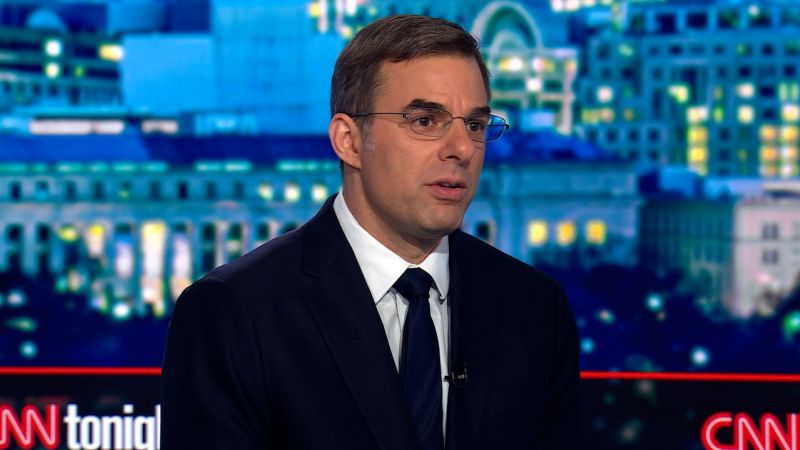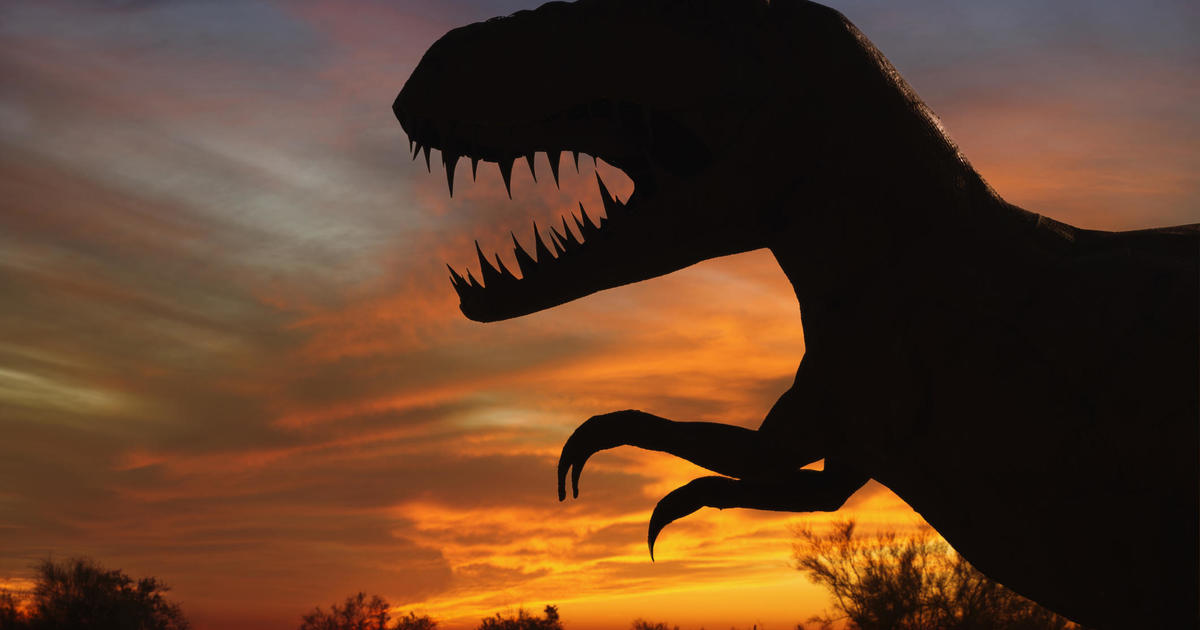No, its not a mirage, Poland does have a mini Sahara desert

Editor’s Note: 25 years since Poland’s first partly free elections, CNN’s On the Road series visits the country looking at how it has been transformed since the fall of communism while taking a deeper look at its customs and culture. Watch reports on CNN TV from June 2
Story highlights
The Bledow desert was created by humankind’s destruction and natural deposits of sand
Multi-million dollar financing has been provided to help safeguard the Polish desert
During World War II, it was used to train occupying German troops before they went to Africa
CNN
—
No, it’s not a mirage: there really is a desert in the middle of Poland.
The Bledow desert – or, as some prefer to call it, the Polish Sahara – has been flummoxing visitors for centuries. Its sprawling sands are entirely at odds with an otherwise verdant country that boasts four lush lake districts, and 30% of which is covered by thick forest.
More bizarre still is the conservation project funded by the EU to preserve this barren anomaly.
Multi-million dollar financing has been provided to help safeguard the Polish desert, through deforestation and the eradication of native plant life. The desert is shrinking, thanks to the return of native fauna, such as pine and fir trees. Money from Natura 2000, a European Union-wide initiative to preserve fragile ecosystems, is trying to stop it.

How Poland’s pope transformed his country
“Some people would say why bother? Just let it grown green, let the vegetation grow, let the trees grow. Why not?” says Magdalena Moroń, of the Desert Rejuvenation Program.

How power of football changed Poland
It’s a good question. But far from being man made, the Bledow first came to be via a combination of natural and unnatural factors. In the 13th century, the forest here was felled to foster silver and lead mining.
It revealed a hitherto hidden deep layer of sand, deposited by waters flowing from melting glaciers perhaps a century before. Humankind’s destruction of native plant life, in league with the natural deposit of sand, created the desert.
In the beginning, this dusty expanse measured 150 square kilometers. Today, thanks to the encroaching trees planted in the 1950s by neighboring locals fed up of sweeping sand from their villages, it now commands a dinky 32 square kilometers.
But while it might not quite be the bona fide Sahara, Moroń insists: “This place is worth fighting for. It’s worth working on it to make sure it doesn’t disappear off the map.”
It’s true that Bledow has carved a unique place in its home country’s history. The desert’s eerie emptiness on the fringes of Chechlo village, southern Poland, has long fascinated passers-by (in 1924, a tourist even reported seeing a mirage here). During World War II, it was used to train occupying German troops before they went to the North African front.
For Moroń, the desert’s future rests on it remaining a unique part of Poland. “It’s the only natural desert in our area, (so it’s) a very big attraction for Poland and Europe,” she says. “We are planning to have a lot of tourism here.”
The conservation project’s objectives are to stabilize the desert, establish nature trails, produce a guidebook and attract 1,000 visitors to this sandy oddity a year. But, unlike the camels that this desert doesn’t have, it remains to be seen whether the idea of the Polish Sahara as a major tourist attraction will hold water.
25 years of change: How Poland and its pope made it look easy







